8.深入python3 (dive into python3)
9.数据结构和算法——python语言描述(problem solving with algorithms and data structure usingpython)
10.笨办法学 Python 第3版 (Learn Python The Hard Way)
11.深入浅出python (Head First Python)
12.父与子的编程之旅:与小卡特一起学Python (computer programming for kids and other beginners)
需要特别注释一下:这书内容相当浅显易懂,适合作为编程入门的书籍,让你能快速了解编程世界和python圈子!
13.Python语言及其应用 (introducing python)
14.Python参考手册 第4版(python essential reference)
这本书实在枯燥,我到现在也没看完,作为补充书籍看看吧。
- 21天学通python
典型的标题党,跟“21天精通c语言”、“15天掌握java”等是一个路数。内容倒是不错,可以作为平时的书籍看一看。
16.简明Python教程(A Byte of Python)
这本书写于十多年前了,很多语法、命令都已经不再使用了,但是整体的教程思路很好,建议补充阅读。
17.廖雪峰python3教程
google搜索“python教程”,出来的第一条就是他(也不知道廖老师给google贡献了多少广告费,逃)。不过个人不建议零基础的初学者看,因为感觉学习曲线比较抖,突然某个地方就会出现高难度的示例,这个就尴尬了。建议有一点基础以后再去观摩,你就能充分理解廖老师的那些示例了。

18.Python3程序开发指南 第2版 (programming in python 3)
19.零基础学Python——老齐的python基础教程
这本书也比较老了,是基于python2.X的,不过作为了解py2.7的书籍,还是很不错的。
20.Python编程快速上手——让繁琐工作自动化(automate the boring stuff with python)
这本书看完觉得知识点比较陈旧、分散,个人不是很推荐。但是有些高手推荐阅读,我也不太理解,先放上吧。
- C语言入门经典100例(用python实现)
敲黑板:课后作业啊,同学们!
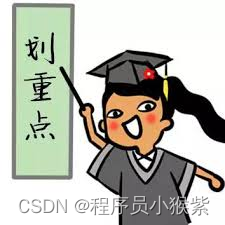
下面都是网上流传面比较广的教程,有文字类的,有视频类的。我从其中也受益良多,所以写出来分享。
如果对Python感兴趣的话,可以试试我的学习方法以及相关的学习资料
点此免费领取:CSDN大礼包:《python学习路线&全套学习资料》免费分享
一、Python所有方向的学习路线
Python所有方向的技术点做的整理,形成各个领域的知识点汇总,它的用处就在于,你可以按照上面的知识点去找对应的学习资源,保证自己学得较为全面。

二、Python必备开发工具

三、Python视频合集
观看零基础学习视频,看视频学习是最快捷也是最有效果的方式,跟着视频中老师的思路,从基础到深入,还是很容易入门的。

四、实战案例
光学理论是没用的,要学会跟着一起敲,要动手实操,才能将自己的所学运用到实际当中去,这时候可以搞点实战案例来学习。

学好 Python 不论是就业还是做副业赚钱都不错,但要学会 Python 还是要有一个学习规划。最后大家分享一份全套的 Python 学习资料,给那些想学习 Python 的小伙伴们一点帮助!
一、Python所有方向的学习路线
Python所有方向路线就是把Python常用的技术点做整理,形成各个领域的知识点汇总,它的用处就在于,你可以按照上面的知识点去找对应的学习资源,保证自己学得较为全面。

二、学习软件
工欲善其事必先利其器。学习Python常用的开发软件都在这里了,给大家节省了很多时间。
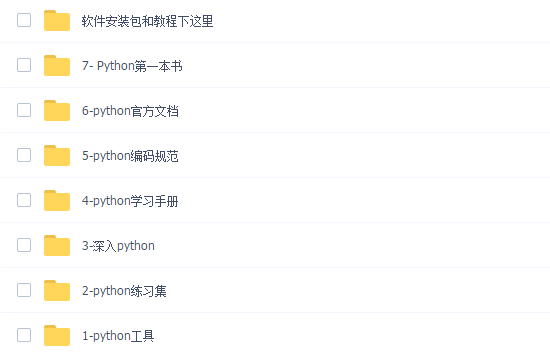
三、全套PDF电子书
书籍的好处就在于权威和体系健全,刚开始学习的时候你可以只看视频或者听某个人讲课,但等你学完之后,你觉得你掌握了,这时候建议还是得去看一下书籍,看权威技术书籍也是每个程序员必经之路。
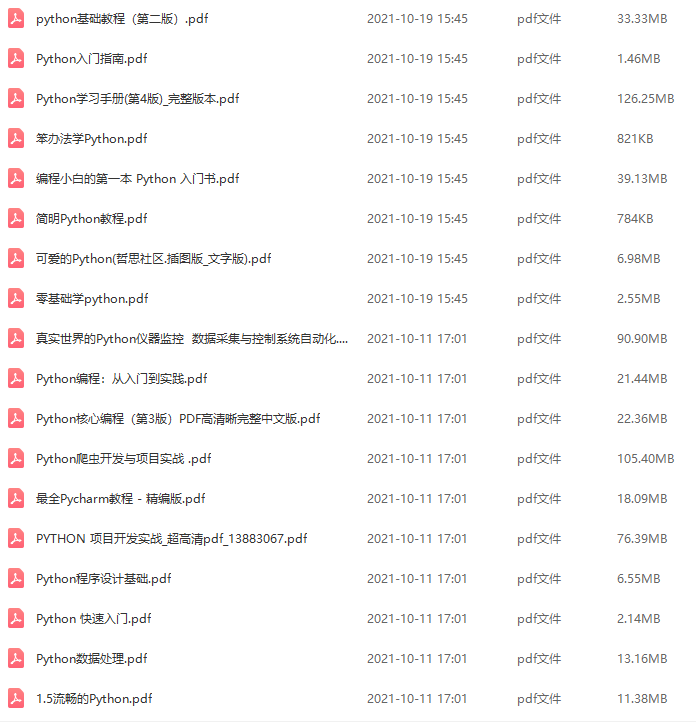
四、入门学习视频
我们在看视频学习的时候,不能光动眼动脑不动手,比较科学的学习方法是在理解之后运用它们,这时候练手项目就很适合了。
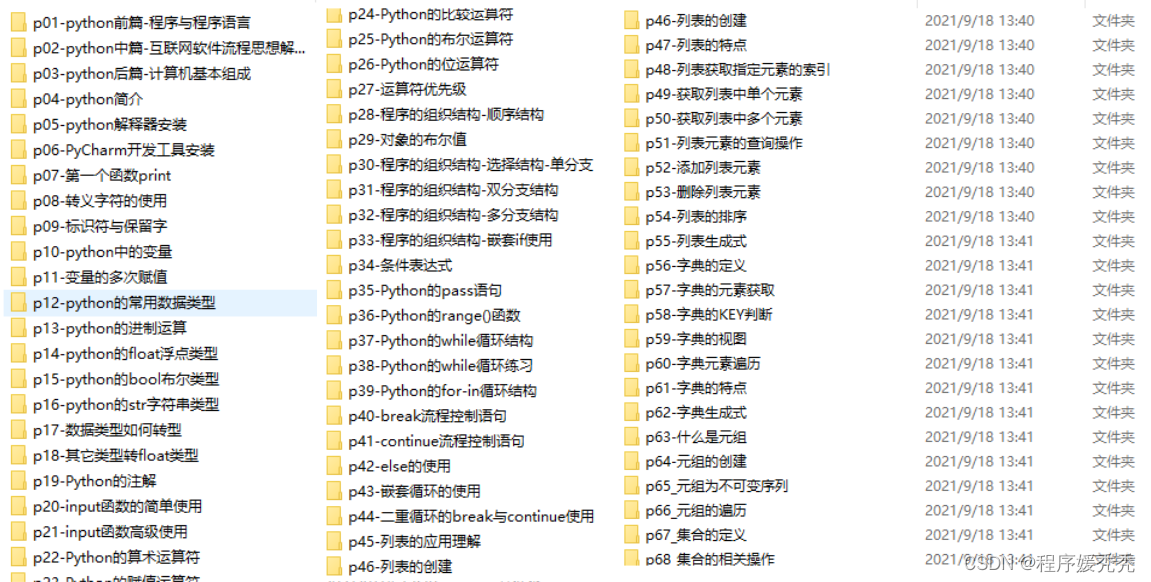
五、实战案例
光学理论是没用的,要学会跟着一起敲,要动手实操,才能将自己的所学运用到实际当中去,这时候可以搞点实战案例来学习。
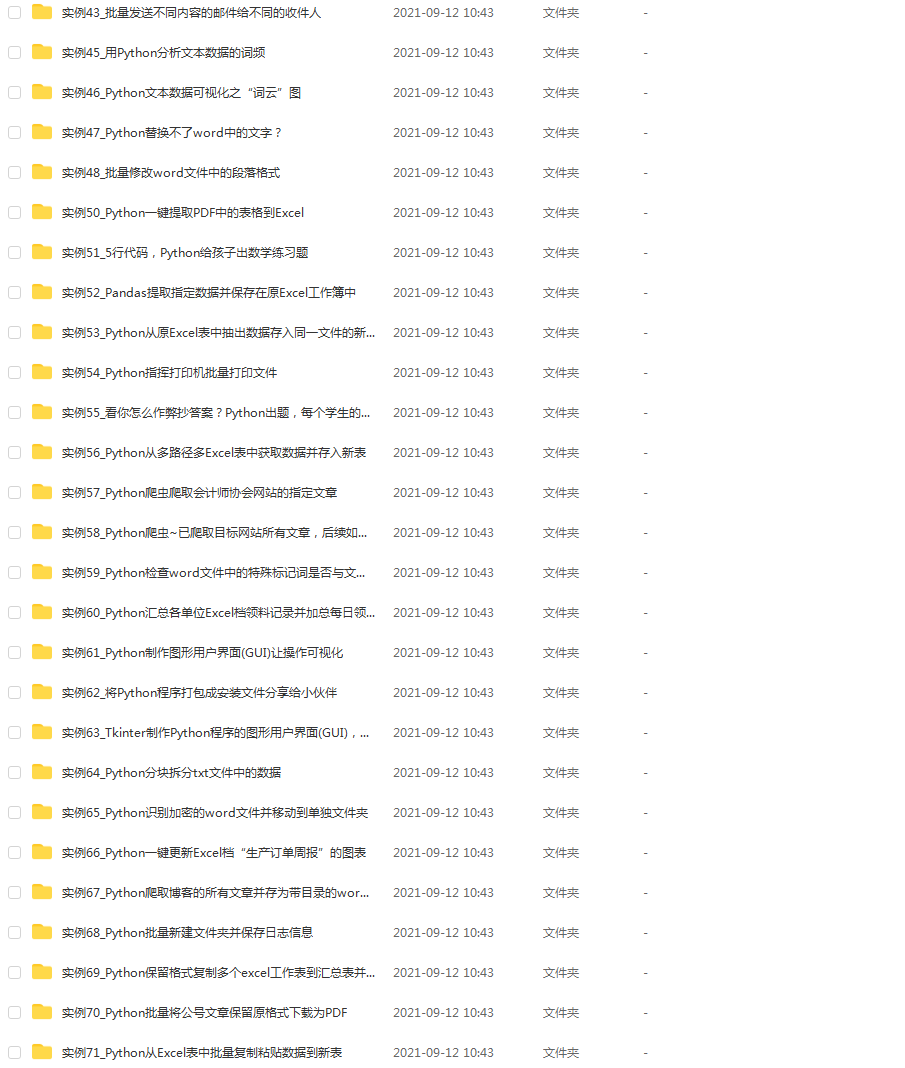
六、面试资料
我们学习Python必然是为了找到高薪的工作,下面这些面试题是来自阿里、腾讯、字节等一线互联网大厂最新的面试资料,并且有阿里大佬给出了权威的解答,刷完这一套面试资料相信大家都能找到满意的工作。
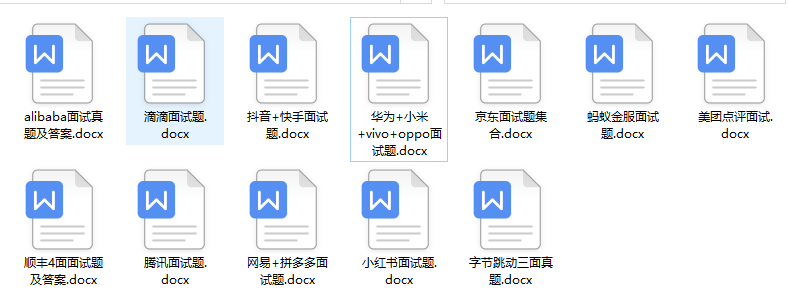
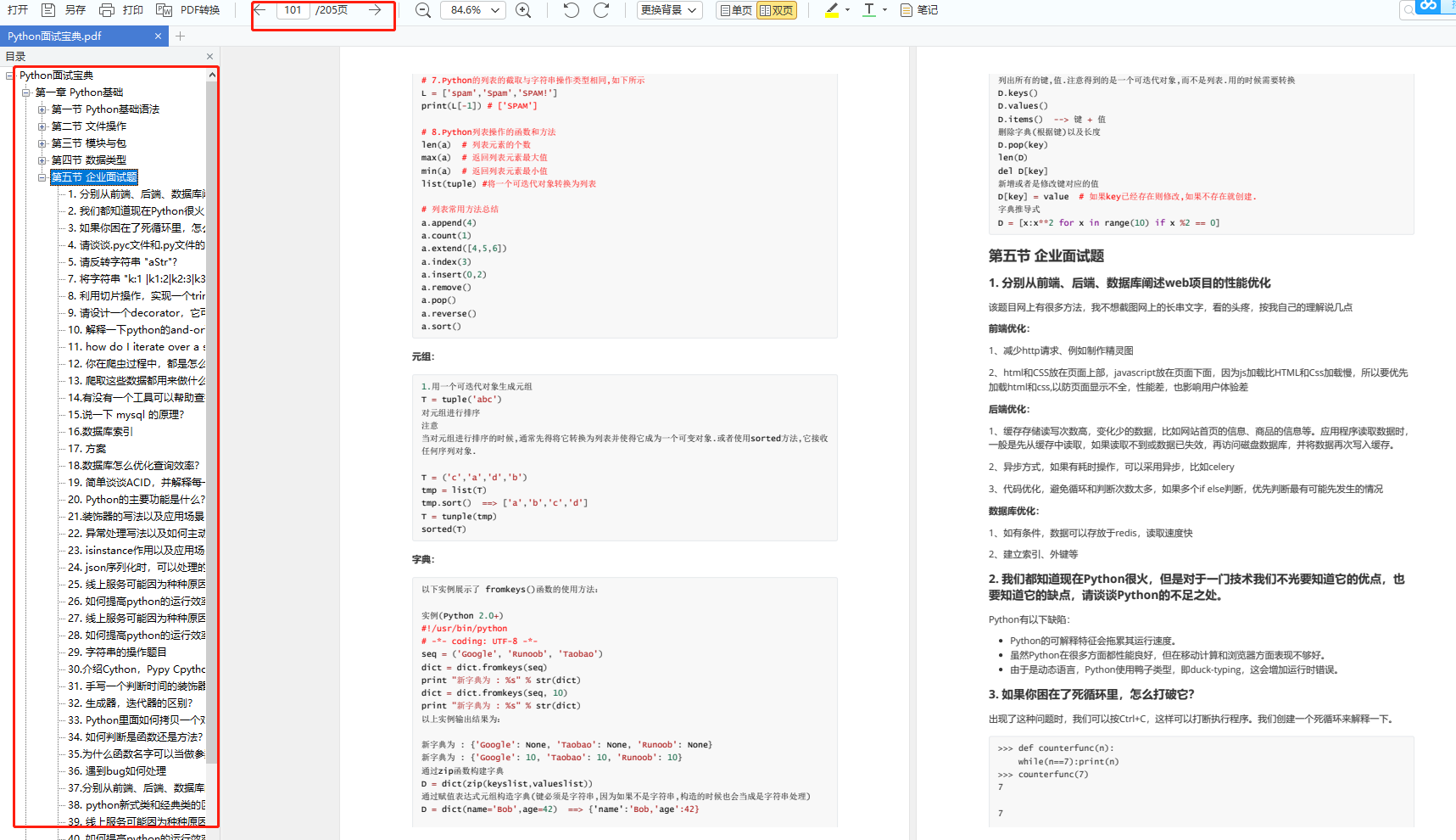
网上学习资料一大堆,但如果学到的知识不成体系,遇到问题时只是浅尝辄止,不再深入研究,那么很难做到真正的技术提升。
一个人可以走的很快,但一群人才能走的更远!不论你是正从事IT行业的老鸟或是对IT行业感兴趣的新人,都欢迎加入我们的的圈子(技术交流、学习资源、职场吐槽、大厂内推、面试辅导),让我们一起学习成长!






















 992
992

 被折叠的 条评论
为什么被折叠?
被折叠的 条评论
为什么被折叠?








